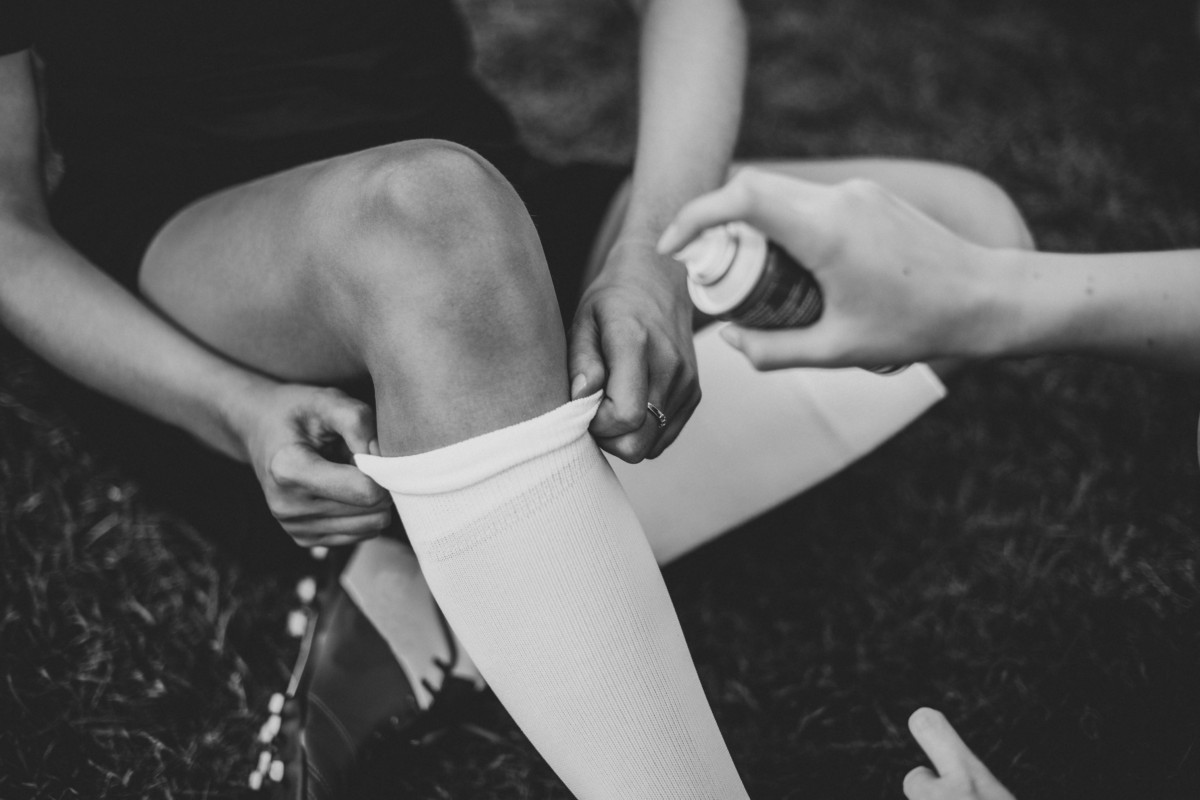Loudoun County, Va. — Have you ever met someone who complains of knee pain? What about someone who feels like their knee is going to give out when they walking, pivot, or use the stairs? Is that someone you?
Many people suffer knee pain and feelings of instability, but they just decide to live with it for whatever reason. Maybe you think it will go away? Maybe you don’t want to get more bad news, so you put it off? Maybe you just feel like the time and effort it will take to get better isn’t worth it? Whatever the reason, consider this….
Quality of life is important to most. I’m guessing that you would like your quality of life to meet and surpass the quantity, and for good reason. You want to feel good while doing what you love, or even just what needs to be done. Knee pain can often hinder that. So what’s the cause and what can you do about it?
Although there can be several factors leading to pain that hasn’t seemed to be caused by acute trauma or force, most of the time knee pain stems from weakness in the core and hip muscles. Those muscles—one important one being the gluteus medius—help to support the body by maintaining good core posture as well as bearing and properly transferring the weight on the lateral side of your body (among other isolated motions). When your hips are weak, that force is then transferred down the leg into the next joint: the knee. The knees are then forced to pick up the slack of the hips and bear a lot of improperly transferred weight—a task the knees weren’t built for. This can put a lot of pressure on ligaments and tendons surrounding the knee and produce pain. Pain leads to compensation which causes more pain and so on.
Knee instability stems from hip weakness as well but may be caused by:
- Osteoarthritis – a wearing down of the cartilage at the end of the femur and tibia
- Meniscus Injury – trauma or degeneration to the cartilaginous disc in the knee that provides shock absorption and stability.
- Loose surrounding ligaments from previous injury
Each of the pathologies listed above are able to be positively affected by physical therapy. Physical therapists target hip weakness by strengthening those exact muscles as well as those that support and work synergistically with them. Meniscus injuries, depending on the severity, can be conservatively and surgically treated—physical therapy is a necessity for both treatments. Osteoarthritis cannot be reversed by physical therapy, but PT helps to slow the progression of wear and tear by strengthening muscles that support the knee and working on proper mechanics that don’t take a toll on the joints. Chronically loose joints, that don’t require surgery, respond well to physical therapy as well. Training the muscles that support the knee – quads, hamstring, glutes – will provide knee stability that loose structures don’t provide like they used to.
NOTE FROM OUR SPONSOR: If you or someone you know has experienced or is currently experiencing any of these issues or just have generally achiness/pain call our office today at 703-450-4300. We can evaluate you and determine what steps you need to take to return back to your pain free life!



